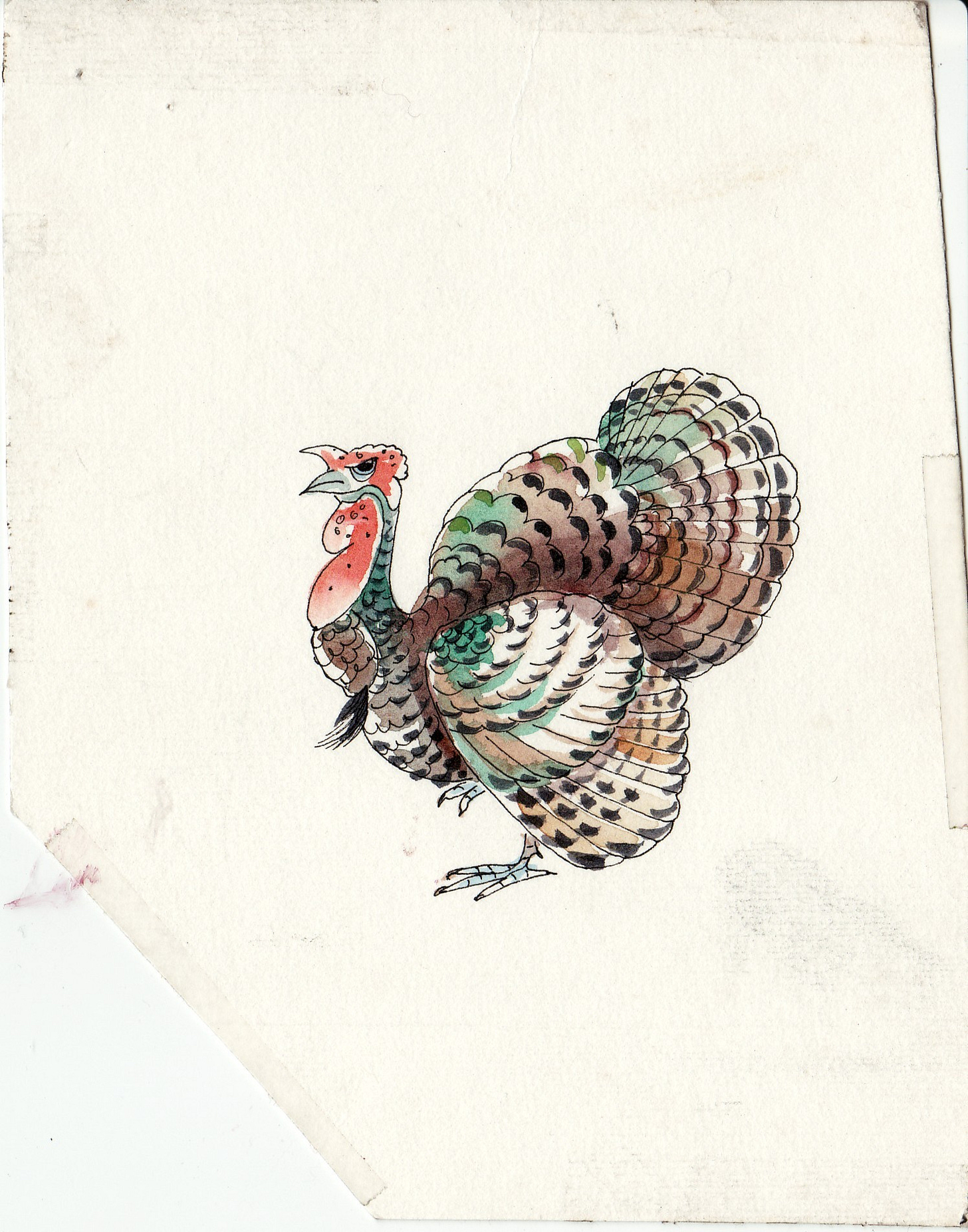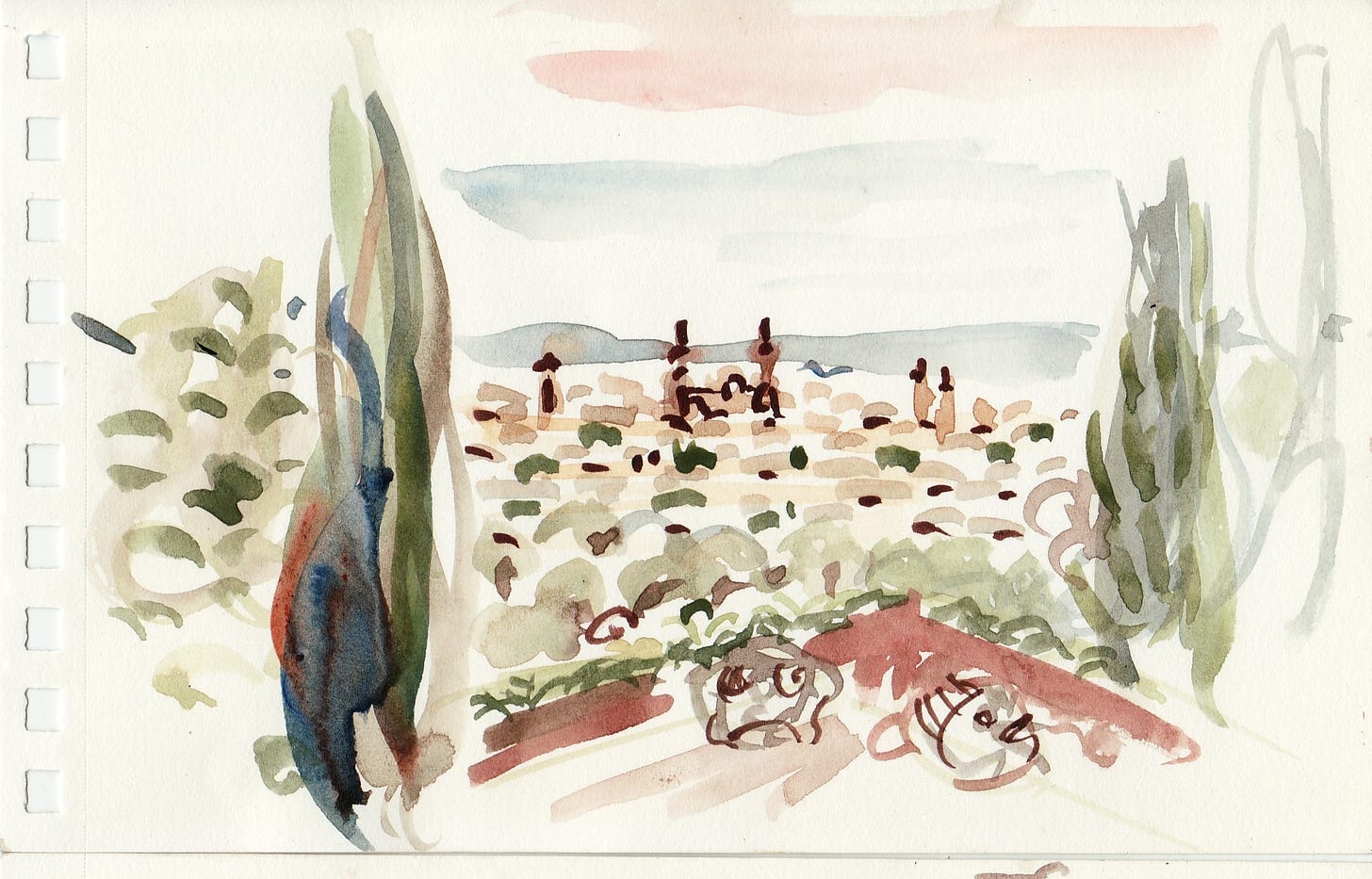Avocado toast, anyone? Who'dda thought it - though I'm sure you already have - that not only the ubiquitous avocado, but maize, potatoes, tomatoes, pumpkin, chilis, chocolate, vanilla, cassava and all the many varieties of haricot beans, Phaseolus vulgaris, are American natives unavailable in the Old World until what's known (avoiding lengthy explanations) as the Colombian Exchange.
Many of the New World botanicals required processing for palatability or digestibility - fermentation (cassava, vanilla, cacao), processing with lye (masa harina) - though this was not always well-understood. Maize, fast-growing and requiring minimal labour, is a sole-food when prepared with lye but [when eaten without additional nourishment by the poor in Europe] resulted in a fatal nutrition-deficiency, pelagra, if eaten as untreated meal.
In return, the Old World supplied cattle for meat and milk (particularly cheese), pigs (fresh meat and salted-down as stores), horses (transport) and Eurasian grain-foods (rice and wheat). Imports from the Americas traded on the quays of Seville and thence to her trading partners - Genoa, Venice and Istanbul - spread rapidly along existing trade routes. Once accepted (after initial reluctance) as alternative food-sources, the newcomers proved remarkably adaptable as ingredients in traditional culinary habits.
In return, exports to the New World included cattle for meat and milk (particularly cheese), pigs (fresh meat), horses (transport) and grain-foods (wheat and rice) already in cultivation for millennia. Meanwhile, culinary ideas incorporating the new ingredients re-exported to land of origin, became naturalised in a culinary habit inherited from Maya, Inca, Olmec, Aztec civilisations long before the arrival of European settlers - immigrants themselves, and none too scrupulous, at that. The everyday diet of the civilisations of Ancient Mexico was maize-flour tortillas and beans, much as it is today, with chillis, avocados and chocolate, the result of centuries of careful husbandry, used to season, enrich and fortify. Meat was used sparingly since it had to be gathered from the wild - only the indigenous turkey, guajalote, was semi-domesticated.
In the cities of Mexico’s high central plateau - the ancient Aztec kingdom, the region which includes the capital - and the elegant colonial towns of the plains - Morelia, Guadalajarra, Puebla, Oaxaca - everyone markets for fresh food every day. Mexican markets are stupendous: narrow aisles thread between steep banks of brightly-coloured vegetables and fruits, sacks of dried chillis - deep burgundy, bright scarlet, chocolate-coloured, ink-black - amid mountains of fresh sweetcorn, melons, limes, skeins of pink-skinned garlic, sacks of beans - black, brown, speckled, carmine, cream. People eat on the move, elbow-propped at canteen counters, lounging at makeshift tables in the shade.
Breakfast-snacks are freshly squeezed juices or fruit chopped to order and offered with sugar-shaker or a sprinkle of chili-flakes. Tamales, cornmeal dumplings wrapped in maize-husks, provide a fistful on the run. Children on the way to school nibble nut-brittles and fruit-leathers - quince, cherry, persimmon. At home for the midday meal, dishes are set out for sharing: a little of this, a spoonful of that, something good to wrap in a soft tortilla. Restaurants serve ‘platos combinados’, pick-and-mix platefuls of what would otherwise be eaten at home from a communal dish. Each element is presented separately, almost architecturally, with a natural flair for contrast: white cheese crumbled onto black beans, slivers of avocado with quartered limes, fiery red salsas. Herbs include an indigenous basil as well as the bean-herb, epasote, which grows wide along every roadside.
Texture is valued for its own sake: pork-crackings are simmered in sauce to a soft, translucent jelly; wind-dried lake-fish are fried and eaten crisp; sopas secas (dried soups) are prepared with shredded, dried tortillas in much the same way as storecupboard pasta. When there’s something to celebrate or mourn, cooking becomes communal: whole neighbourhoods come together to roll the wedding tamales, or prepare a feast to take to the churchyard on the Day of the Dead.
Sauces prepared in the mole tradition (pestle-and-mortar - including guacamole), are time-consuming and labour-intensive. Which suits Mexico’s sophisticated new-wave restaurants that combine subtlety and skill with pre-colombian delicacies such as huitlacoche (maize-fungus, a sooty infestation that appears on corn-cobs and tastes like powdered, dried porcini mushrooms); ant-eggs (soft and creamy with a flavour of wild honey); fritters prepared with the tender white meat of giant tadpoles that never develop in frogs and were cultivated in the water-gardens that surrounded the Aztec capital. Nature combined with art - Mayan temples, Olmec sculptures, Aztec pyramids - comes with the territory.
p.s. More in The Latin American Kitchen (2nd hand only - it’s a challenge1).
p.p.s. Beloved paid subscribers will shortly be in receipt of a lazy-cook’s version of mole poblano, and my favourite fried green chillis with cheese. Maybe. It all depends on the shopping.














I know I say it often, but your illustrations are so wonderful and so perfectly complement your words
Brilliant of course (what else)--all but this sentence: "Maize, fast-growing and requiring minimal labour, is a sole-food when prepared with lye but results in a fatal nutrition-deficiency, pelagra, if eaten as untreated meal." It is not untreated maize that causes pellagra but a diet made up of nothing but maize. Let's call lye-treated maize hominy to avoid confusion.
It is a fairly complicated issue that has to do with human metabolism. If untreated maize is eaten on its own as part of a diet fairly rich in other vegetables and proteins, it is not in the least harmful. Witness the millions of US Americans who are even now gathering around their BBQ pits for the summer feast of grilled pork ribs, burgers, and the like, along with whole ears of maize corn (also cooked on the grill, often in their very own husks). No harm shall come to them--or at least no pellagra-like harm. If, on the other hand, they were to get carried away and eat nothing but maize corn from now until the middle of September--and I mean literally, nothing but maize--they would indeed be carried away, no doubt to an early grave. So it's maize on its own in entirety that's the problem. It does not have to be treated with lye to make it healthful, although lye will do that. Another way to boost the metabolic process is to consume maize with legumes, those Phaseolus you mentioned, which is another way indigenous people ate their corn--succotash is an excellent example of that.
This all has something to do with B vitamins and the very great Sir (I made that up) Harold McGee explains it well, which I cannot do. But the upshot is this: Be not afeard of humble, delicious, health-giving maize. Just consume it in consort with other foods. And enjoy the hominy too while you're at it.